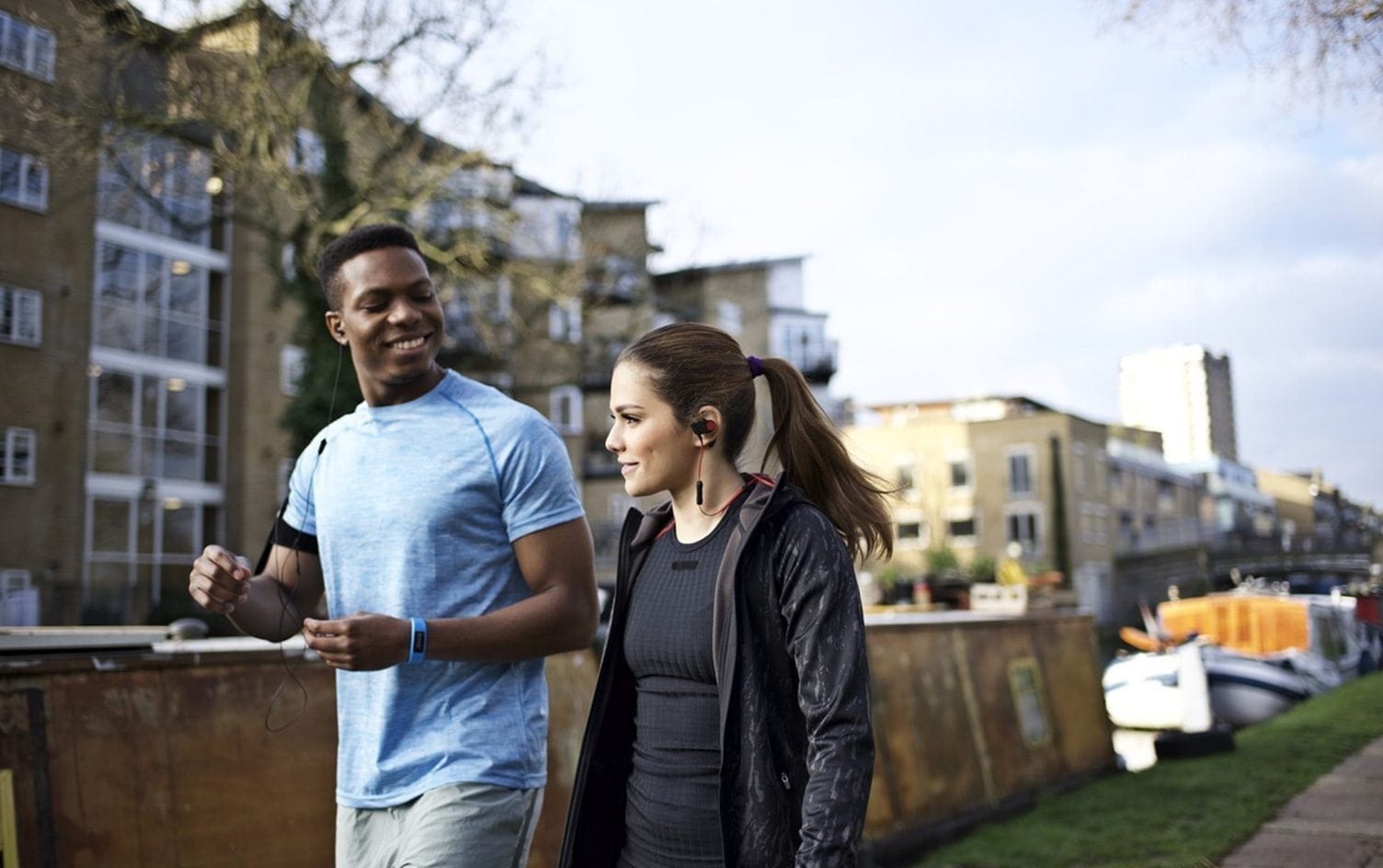Walking with weights is a phenomenon that has been around since the days of the Jane Fonda workout videos. Whether it was hand weights or ankle weights, the added pounds were believed to help individuals lose weight while already moving. Studies support that belief, proving the added weight can up the metabolic burn.
So should you be wearing ankle weights on your commute to work? Would a hike with hand weights be more beneficial than one without? Is walking with weights still a thing?
THE IMPACT OF ADDED WEIGHT
If walking with weights can increase your metabolic burn, why aren’t more people doing it? That’s because many trainers wouldn’t recommend it. “If you decide to go for a five-mile hike in the mountains with hand weights, fatigue does eventually set in and your form starts to suffer when you get tired,” explains Michelle Lovitt, exercise physiologist and trainer in Los Angeles. “You start compensating for certain movements, whether that’s even distribution across the body, using one leg or arm more than the other or balance across the body.”
For example, if you watch someone walking on a treadmill with hand weights, after 10 minutes you may notice his or her shoulders start to slump, legs aren’t fully extending or one arm may be higher than the other, explains Lovitt. Luckily, if you’re on a treadmill, you can set the weights down, but on a hike, it’s unlikely you can leave the weights behind. “Poor form can frequently be distributed to the low back and cause injury,” says Lovitt.
The only way Lovitt would suggest adding weight to a walk is with a weighted vest. “A vest creates even distribution of weight across the body,” says Lovitt. “Adding a weighted vest can help you burn more calories by raising your heart rate, but only if you’re strong enough to handle the weight. It’s not for beginners.”
READ MORE > WAYS TO AMP UP YOUR WALKING TO LOSE WEIGHT, TONE, DE-STRESS AND MORE
FIGURE OUT YOUR GOALS
If you’re an athlete training to get faster, weighted vests, bands, resistance, wind and parachute training may be used to increase your performance and speed. But if you’re not an athlete and you don’t need to be faster for a competition, then you don’t need to be walking with weights. Instead, separate the two forms of training.
“Do one thing at a time as intensely as possible, and then move on to the other,” suggests Lovitt. “Circuit train in a gym and give all-out effort, then go for an hour walk after.”
If you’re heading out for a short, five-minute walk around the block or with your pet, feel free to bring along hand or ankle weights. But if you’re walking for a lengthier amount of time, Lovitt suggests leaving the added pounds behind. “I may have those clients who are strong enough wear a weighted vest for plyometric exercises, but I would never in a million years put weights in my clients’ hands or on the ankles on a hike,” says Lovitt. “I rarely even have them carry their phones because even that can make one side of their body more tense than the other.”




